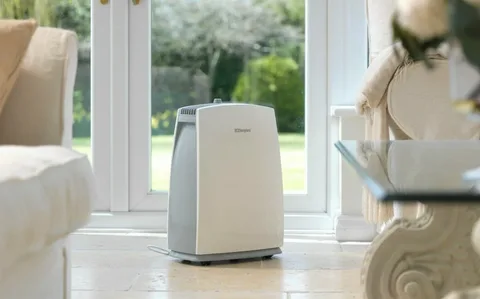Humidity plays a crucial role in indoor air quality and comfort. Excess moisture in the air can lead to mold growth, dust mites, and respiratory issues. This is where dehumidifiers come in. Understanding the science behind dehumidifiers: how they work and why they matter helps us appreciate their importance in maintaining a healthy and comfortable living environment.
What Is a Dehumidifier?
A dehumidifier is a household appliance designed to remove excess moisture from the air. By doing so, it helps reduce the humidity level in a room or building, making the indoor environment healthier and more comfortable.
There are two main types of dehumidifiers:
- Refrigerant-based dehumidifiers, which cool the air to condense moisture.
- Desiccant dehumidifiers, which use a moisture-absorbing material to extract water from the air.
How Do Dehumidifiers Work?
To understand the science behind dehumidifiers: how they work and why they matter, let’s take a closer look at the mechanism of a typical refrigerant dehumidifier:
- Air Intake: A fan pulls moist air into the dehumidifier.
- Cooling Coils: The air passes over cold coils, causing the moisture to condense into water droplets.
- Water Collection: The condensed water drips into a collection tank or drains away through a hose.
- Reheated Air: The now dry air is reheated slightly and released back into the room.
Desiccant dehumidifiers operate differently by passing air through a wheel filled with moisture-absorbing material, like silica gel, which captures the water vapor.
Why Dehumidifiers Matter
Humidity control is about more than just comfort. Here’s why dehumidifiers are essential:
1. Health Benefits
High humidity can promote the growth of mold, mildew, and dust mites—all of which can trigger allergies and asthma. Dehumidifiers help maintain ideal humidity levels (typically 30–50%), reducing these health risks.
2. Home Protection
Excess moisture can damage wooden furniture, walls, insulation, and even structural components of a home. By removing humidity, dehumidifiers help preserve the integrity and longevity of your living space.
3. Energy Efficiency
By maintaining optimal humidity levels, dehumidifiers can make cooling systems more effective. Drier air feels cooler, reducing the need for air conditioning and lowering energy bills.
The Bottom Line
In summary, the science behind dehumidifiers: how they work and why they matter lies in their ability to extract excess moisture from the air using refrigeration or desiccant processes. They are not just appliances for comfort but vital tools for maintaining indoor air quality, protecting your home, and supporting your health.
As we continue to live in increasingly sealed and energy-efficient homes, understanding the science behind dehumidifiers: how they work and why they matter becomes more important than ever.


